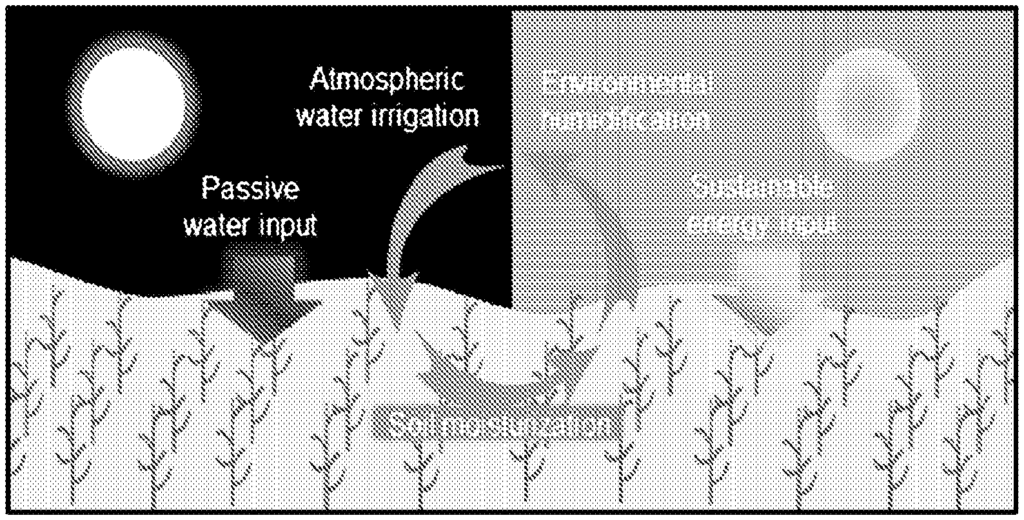Innovative Atmospheric Water Harvesting: Addressing Water Scarcity with a Sustainable Solution
Introduction
As the global population continues to grow, the demand for clean, accessible water becomes increasingly critical. Many regions around the world face severe water shortages due to climate change, overpopulation, and inadequate infrastructure. Traditional methods of water collection, such as groundwater extraction and desalination, are often expensive and environmentally taxing. Our patented atmospheric water harvesting system offers an innovative and sustainable solution to water scarcity by capturing water directly from the atmosphere, providing an eco-friendly and reliable source of drinking water even in the most arid regions.
The Global Water Crisis and the Need for New Solutions
Water scarcity is a global issue affecting millions of people, especially in regions prone to drought or with limited access to freshwater resources. Traditional solutions, like desalination or long-distance water transport, are costly, energy-intensive, and often unsustainable in the long term. In areas with inadequate water infrastructure, the lack of access to clean drinking water leads to severe health, economic, and social challenges. For industries ranging from agriculture to disaster relief, finding efficient, scalable, and sustainable solutions to provide water is essential.
This increasing pressure highlights the need for alternative methods that can sustainably source clean water without depleting natural resources or harming the environment.
A Game-Changing Technology for Water Harvesting
Our patented atmospheric water harvesting system represents a leap forward in sustainable water sourcing. By extracting moisture from the air, this system provides a reliable, off-grid solution for obtaining fresh, potable water. It works by using condensation and moisture-capture technologies to collect water vapor from the atmosphere, which is then filtered and purified for use. Whether deployed in arid environments, urban areas with strained water infrastructure, or regions recovering from natural disasters, this technology ensures access to clean water without relying on existing water systems.
The flexibility of the system allows it to be used in various settings, from residential applications to large-scale operations in agriculture, humanitarian aid, or industrial processes. With its low energy requirements and minimal environmental impact, this technology is a sustainable alternative to conventional water extraction methods.
Key Benefits
- Sustainable Water Sourcing: Extracts water from the air, providing an eco-friendly solution to water scarcity without depleting natural resources.
- Broad Applications: Can be utilized in residential, agricultural, industrial, or disaster relief scenarios.
- Energy Efficient: Operates with low energy requirements, making it suitable for off-grid locations or regions with limited infrastructure.
- Scalable Technology: Flexible design allows for adaptation to various settings, from small homes to large agricultural operations.
A Vital Solution to the Global Water Crisis
Licensing this atmospheric water harvesting system offers companies and industries a cutting-edge tool to address one of the most pressing issues of our time: water scarcity. This innovative technology provides a sustainable and versatile solution that can be deployed across diverse environments, ensuring access to clean water wherever it is needed most.

- Abstract
- Claims
1. A modified soil composition comprising:
a) water harvesting material comprising an interpenetrating network comprising:
31. A method of preparing a modified soil composition comprising combining a water harvesting polymer network with a soil, wherein the water harvesting polymer network comprises
Share
Title
Atmospheric water harvesting system
Inventor(s)
Guihua YuFei ZhaoXingyi Zhou
Assignee(s)
University of Texas System
Patent #
20230365865
Patent Date
November 16, 2023
